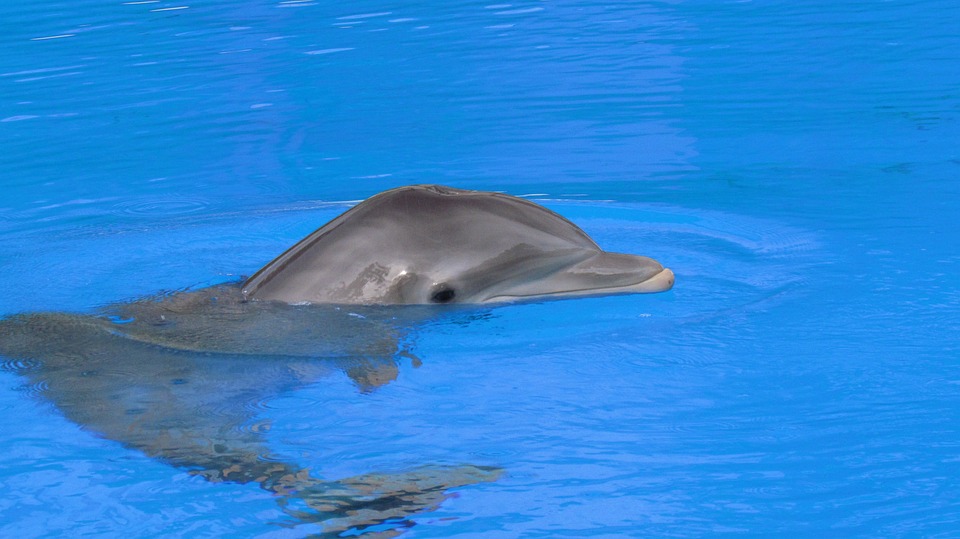Gill flukes, also known as gill worms or Dactylogyrus, are a common problem in fish tanks that can have detrimental effects on the health and well-being of your fish. These parasitic flatworms attach themselves to the gills of fish, causing irritation, respiratory distress, and even death if left untreated. In this article, we will discuss effective strategies for controlling gill flukes in fish tanks, including prevention, identification, and treatment options.
Understanding Gill Flukes:
Gill flukes are tiny parasites that infest the gills of fish. They are often introduced to fish tanks through new fish or contaminated water. Once attached to the gills, they feed on the blood and tissues of the fish, leading to various health issues.
Common symptoms of gill fluke infestation include increased mucus production, labored breathing, flashing (rubbing against objects), lethargy, and loss of appetite. In severe cases, fish may develop ulcers or experience rapid weight loss.
Prevention:
Preventing gill fluke infestations is the best approach to controlling them in your fish tank. Here are some strategies to consider:
1. Quarantine new fish before introducing them to your tank: This will help prevent the introduction of parasites and diseases. Keep new fish in a separate tank for at least two weeks, observing them for any signs of illness or infestation before adding them to the main tank.
2. Maintain a clean and well-maintained tank environment: Regularly clean the tank, remove uneaten food, and perform water changes to keep the water quality optimal. Flukes thrive in dirty and poorly maintained tanks.
3. Avoid overcrowding your tank: Overcrowding can stress fish and make them more susceptible to diseases and parasites. Ensure that your tank has sufficient space for each fish to swim comfortably.
4. Implement proper filtration and water quality management: A good filtration system helps remove waste and maintain clean water conditions. Regularly test the water parameters and adjust as necessary to ensure optimal conditions for your fish.
Identification:
Early identification of gill fluke infestations is crucial for effective treatment. Here are some methods to identify gill flukes in your fish tank:
1. Visual inspection of fish: Look for any physical signs of infestation, such as increased mucus production, damaged gills, or behavioral changes.
2. Microscopic examination of gill tissue or mucus: If you suspect gill flukes, carefully remove a small sample of gill tissue or mucus and examine it under a microscope. Gill flukes will be visible as small, worm-like organisms.
3. Behavioral changes in fish: Infested fish may exhibit unusual swimming patterns, gasping for air at the water surface, or rubbing against objects in an attempt to relieve irritation.
Treatment Options:
Once gill flukes are identified, prompt treatment is necessary to control the infestation. Here are some treatment options to consider:
1. Medications: There are various medications available that can effectively eliminate gill flukes. Consult with a veterinarian or an experienced fish keeper to determine the most appropriate medication and dosage for your specific fish species.
– Chemical treatments: These medications contain active ingredients that kill the parasites. Follow the instructions carefully and remove any activated carbon from the filter, as it can absorb the medication.
– Natural remedies: Some natural remedies, like herbal extracts or essential oils, have shown effectiveness against gill flukes. However, their efficacy may vary, and it’s essential to consult with an expert before using them.
2. Salt baths: Salt baths can help kill gill flukes and relieve fish stress. Dissolve aquarium salt in a separate container of water and immerse the fish for a short period, following the recommended dosage.
3. Increased water temperature: Some fish species are sensitive to higher temperatures, while gill flukes are not. Raising the water temperature gradually to around 86°F (30°C) can speed up the life cycle of the flukes, making them more susceptible to treatment.
4. Biological control: Certain fish species, such as cleaner fish or wrasses, can act as biological control agents by consuming gill flukes. Introducing compatible species into your tank can help control infestations.
FAQs:
1. Can gill flukes be prevented entirely?
While it may not be possible to prevent gill flukes entirely, following the prevention strategies outlined in this article can significantly reduce the risk of infestation.
2. How often should I quarantine new fish?
It is recommended to quarantine new fish for at least two weeks before introducing them to your main tank. This allows time to observe and treat any potential health issues before the introduction.
3. Can gill flukes affect all types of fish?
Yes, gill flukes can affect a wide range of fish species. However, some species may be more resistant or less susceptible to infestations.
4. Is it safe to use chemical treatments in my fish tank?
When used correctly and following the instructions, chemical treatments can be safe and effective. However, it is important to remove any activated carbon from the filter, as it can absorb the medication.
5. Are natural remedies effective against gill flukes?
Some natural remedies have shown effectiveness against gill flukes. However, their efficacy may vary, and it’s essential to consult with an expert before using them.
6. Can gill flukes be transmitted to humans?
No, gill flukes are specific to fish and do not pose a risk to humans.
7. How long does it take to treat gill flukes?
The duration of treatment can vary depending on the severity of the infestation and the chosen treatment method. It is important to follow the recommended treatment duration and monitor the fish closely for any signs of improvement.
Conclusion:
Controlling gill flukes in fish tanks is crucial to maintain the health and well-being of your fish. Implementing effective prevention measures, promptly identifying infestations, and using appropriate treatment options are key to managing this parasitic problem. By following the strategies outlined in this article, you can ensure a healthier and happier aquatic environment for your fish. Remember to always consult with a veterinarian or an experienced fish keeper for personalized advice and guidance.









